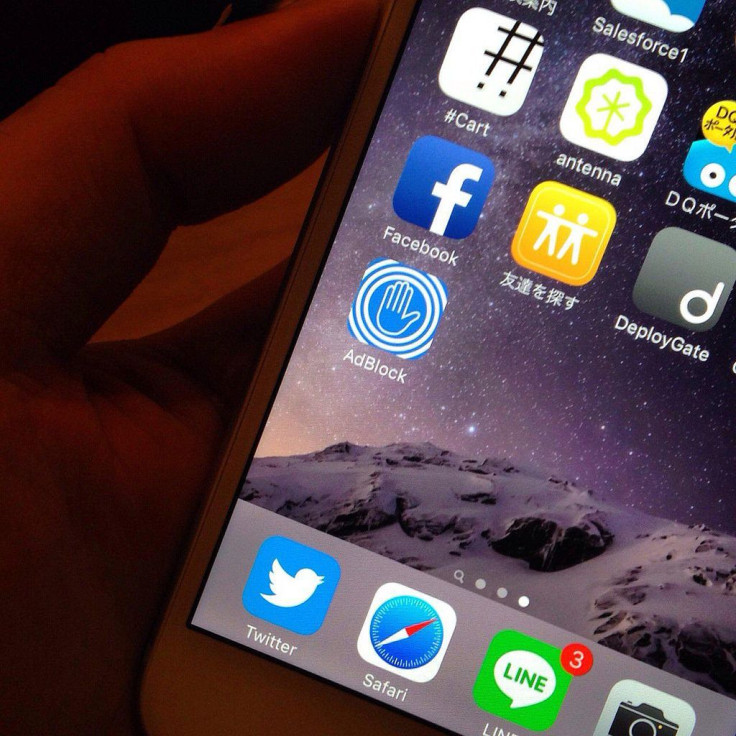Representing the publishing industry at SXSW Friday, Forbes Chief Production Officer Lewis Dvorkin said the advertising industry needs to create better ads to stop the ad blocking user revolt. Forbes recently instituted a splash page on its website that stops users with ad blockers installed from accessing its content.
“We got a lot of hate mail, but we persevered because we wanted to learn,” Dvorkin said. “We’re not trying to play whack-a-mole here.”
Two percent of those users received a survey, which if they completed, allowed them to access Forbes with their ad blockers installed. While many of the respondents complained about possible malware as their reason for installing an ad blocker, the majority cited annoying ads.
Dvorkin, along with Dish Digital Brand Manager Marjorie Gray and Adblock Plus Head of Operations Ben Williams talked about the future of ad block software during a panel at SXSW sponsored by MediaPost, an online publication aimed toward advertisers.
“Here at Adblock Plus, we think ad blocking is an innovative thing,” Williams said. “It’s going to lead to a better place.”
Williams contends that 200 million internet users have installed ad blockers because a cycle has erupted in online advertising: A lack of scarcity and a decreasing price-per-ad has led to an unlimited ad inventory with more intrusive ads. It creates a cycle against engagement which decreases the price-per-ad and leads to even more intrusive ads, he said.
Williams said Adblock Plus started as a one-man novelty project, but quickly ran into problems, such as monetization. As a product with millions of users, the company had no way of monetizing it, and to boot, had a budding legal problem. In Germany Adblock Plus has been sued six times, and adding to all this were general misgivings about negative contributions to the Internet ecosystem.
Adblock Plus’s solution is something it’s calling Acceptable Ads, a criteria that advertisers comply with to have ads whitelisted and shown to Adblock Plus users. According to Williams, only 10 percent of whitelisted ads ever have to pay Adblock Plus, the ones that generating more than 10 million impressions. As a rule of thumb, said Williams, Adblock Plus takes a 30 percent cut of the impressions.
Adblock Plus plans to transfer the decision-making behind Acceptable Ads to an independent committee by the end of the year. Currently, the company posts whitelisted ads to a forum where users are free to complain about “which ones are crap,” said Williams.
“If you take a smart approach and put users first, you’re in a good spot,” Williams said. “If you do advertising on people’s terms, it works. The opt-out rate on the Adblock whitelist is 7-8 percent. Adblocking is likely never going to reach [market] saturation. Poland is the highest with 27 percent, and it’s probably not going to get bigger than that.”
According to Gray, as a digital brand manager, stopping the ad blocking user revolt is all about ads reaching the right users. It’s about how marketing evolves as an industry to make sure that ads are relevant, and avoiding spray-and-pray type of tactics.
Dish, for example, focuses on targeting and figuring out who their profitable customers are, said Gray. By looking at their current customers and creating a similar audience list, Dish will know that ads will be shown to people who will be with them in the long haul. They incorporate data such as the optimal day to send an email, and use individual user views of a particular banner ad to determine when to send a follow-up email.
“It’s about finding that cadence, that mix, finding that audience and reaching them. It’s about becoming better marketers,” Gray said. “As a brand manger, it’s partly our fault. We’re now having to step back and ask, how can I make my ads more visible, more user friendly. [It’s about] understanding who you’re trying to target, and with someone like Forbes, it’s worth it paying a premium.”
Forbes limits ads to a certain size to make sure the advertisements aren’t too intrusive, and only allows two trackers per advertisement. “We’re trying to build a better experience,” said Dvorkin. “Not go to war.”
People like advertising if it’s relevant to them, said Dvorkin, and will respond positively if the ads are good. But the advertising industry isn’t currently equipped to make this happen, and instead focuses on creating a single great ad that goes out a trillion times.
Adblock Plus recommends advertisers work with them to create an ‘Acceptable Ad.’ However, after Williams’ comments, Dvorkin remarked that he has heard other people call Adblock Plus’s whitelist something tantamount to blackmail or extortion.
“I’m already paying a creative agency and a publisher, and now I have to pay to be whitelisted too?” Gray said. “Who let you guys decide, who gave you the power to do this?”
In response, Williams said, “Who gave you the internet?”

















